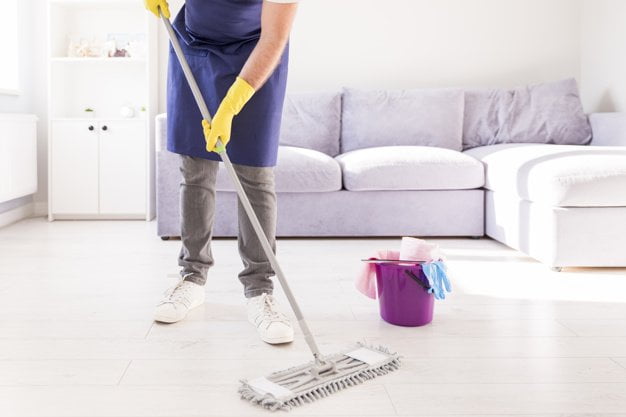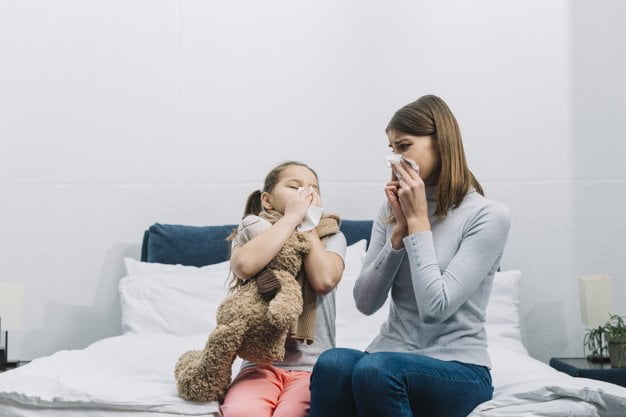Many people associate home allergies with spring and fall. But in reality, indoor allergens can be a year-round source of discomfort for people of all ages, partic
| Pet dander |
ularly those who already have health problems or sensitive lungs. Those affected may show symptoms such as sneezing, congestion, or difficulty breathing. Happily, there are solutions to improve the air quality in your home.So here are the 5 ways to reduce home allergies.
Replace Filters
One source of indoor allergens is the home heating and cooling system. Dust mites and pet dander can get trapped in air ducts. Changing the filter on your system is one way to ensure that these and other allergens are not circulating with heat or air conditioning. You should replace or clean your filters at least seasonally, more often if you have pets. For best results, use a HEPA filter which removes most airborne allergens.
Keep Your Home Clean to reduce Home Allergies

Everyone likes a tidy environment but for those susceptible to indoor allergens, cleanliness is even more important. Vacuum at least once per week to help reduce pet dander and dust mites. Dust surfaces with a cloth that collects particles rather than moving them around. When dusting, be sure to pick up items to get underneath. Clean your upholstered furniture to remove as many allergens as possible. Finally, reduce clutter and, if possible, remove carpeting and replace with tile or hardwood flooring.
Clean and Cover Bedding

Dust mites are a common allergen. They thrive in warm places such as your bed. They also live in carpet, pillows, and mattresses. One way to reduce dust mites is to use anti-allergy bedding. You can also cover your pillows, mattress, and box spring with allergen-proof covers. Keep your bedding clean, too. Wash weekly in hot water to help reduce the number of dust mites.
Reduce Pet Dander

As much as we love our dogs and cats, they can contribute to allergens, especially in the winter. Pet dander comes from bits of skin and saliva that become airborne — it’s not fur or feathers that cause the problem. Since pet dander is very small and stays in the air longer than dust mites or other allergens, it can easily adhere to many different surfaces. Ideally, you should bathe your pet weekly, but that may not be realistic, especially with cats. After any contact with the animal, wash your hands to remove as much dander as possible. Finally, vacuum more often and keep pets out of your bedroom.
Manage Humidity Levels
Ideally, humidity levels should be between 45% and 50%. It is important to watch humidity levels because if humidity is too high, dust mites and mold can thrive in your home. Keep an eye on your windows, too. Condensation on windows can lead to mold growth. Since home heating can create drier air, a humidifier can help keep levels comfortable and reduce respiratory problems.
Allergies affect many Americans each year. With proper care and awareness, you can ensure that your home is a healthy environment and that you have the lowest possible allergen levels.
Read Also :




























